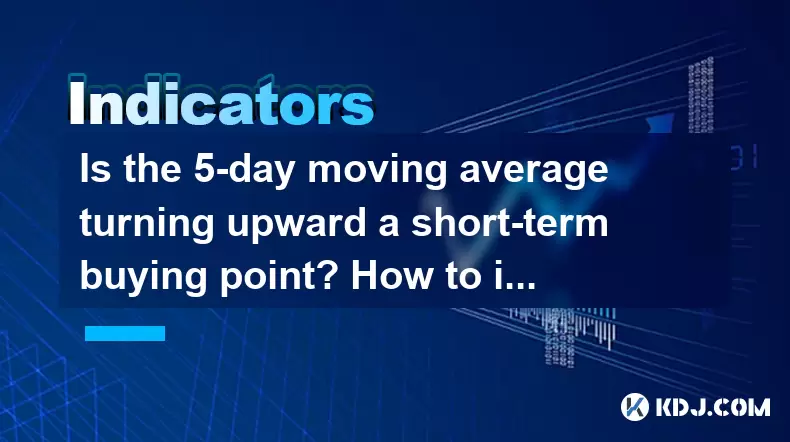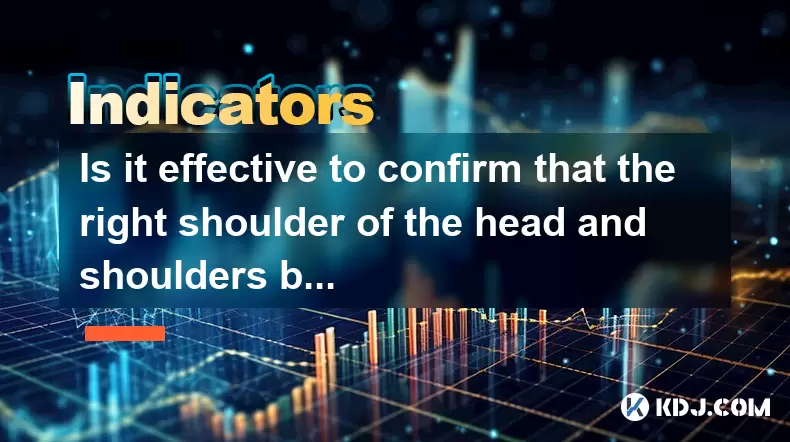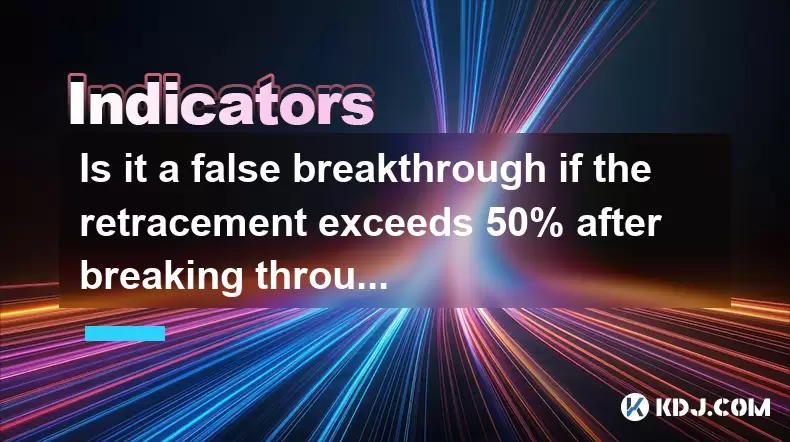-
 Bitcoin
Bitcoin $106,754.6083
1.33% -
 Ethereum
Ethereum $2,625.8249
3.80% -
 Tether USDt
Tether USDt $1.0001
-0.03% -
 XRP
XRP $2.1891
1.67% -
 BNB
BNB $654.5220
0.66% -
 Solana
Solana $156.9428
7.28% -
 USDC
USDC $0.9998
0.00% -
 Dogecoin
Dogecoin $0.1780
1.14% -
 TRON
TRON $0.2706
-0.16% -
 Cardano
Cardano $0.6470
2.77% -
 Hyperliquid
Hyperliquid $44.6467
10.24% -
 Sui
Sui $3.1128
3.86% -
 Bitcoin Cash
Bitcoin Cash $455.7646
3.00% -
 Chainlink
Chainlink $13.6858
4.08% -
 UNUS SED LEO
UNUS SED LEO $9.2682
0.21% -
 Avalanche
Avalanche $19.7433
3.79% -
 Stellar
Stellar $0.2616
1.64% -
 Toncoin
Toncoin $3.0222
2.19% -
 Shiba Inu
Shiba Inu $0.0...01220
1.49% -
 Hedera
Hedera $0.1580
2.75% -
 Litecoin
Litecoin $87.4964
2.29% -
 Polkadot
Polkadot $3.8958
3.05% -
 Ethena USDe
Ethena USDe $1.0000
-0.04% -
 Monero
Monero $317.2263
0.26% -
 Bitget Token
Bitget Token $4.5985
1.68% -
 Dai
Dai $0.9999
0.00% -
 Pepe
Pepe $0.0...01140
2.44% -
 Uniswap
Uniswap $7.6065
5.29% -
 Pi
Pi $0.6042
-2.00% -
 Aave
Aave $289.6343
6.02%
Is the 5-day moving average turning upward a short-term buying point? How to improve the winning rate?
The 5-day moving average turning upward may signal short-term bullish momentum in crypto, but should be confirmed with volume, candlestick patterns, and other indicators for reliable trading decisions.
Jun 16, 2025 at 11:07 pm

Understanding the 5-Day Moving Average in Cryptocurrency Trading
In cryptocurrency trading, technical indicators play a crucial role in identifying potential entry and exit points. The 5-day moving average (MA) is one of the most commonly used short-term indicators by traders. It calculates the average price of an asset over the last five days and helps smooth out price volatility. When this moving average starts to turn upward, it could signal a shift in momentum, potentially indicating a buying opportunity.
However, relying solely on the direction of the 5-day MA can lead to false signals, especially in highly volatile crypto markets. Therefore, understanding how it interacts with other elements such as volume, support/resistance levels, and broader market trends is essential for making informed decisions.
The 5-day MA turning upward suggests short-term bullish momentum but should not be used in isolation.
Why the 5-Day MA Turning Upward Might Be a Buy Signal
When the 5-day MA begins to rise after a downtrend or consolidation period, it may indicate that buyers are gaining control. This change in direction often precedes a larger trend reversal or continuation. Traders look for crossovers between the 5-day MA and longer-term MAs like the 20-day or 50-day MA to confirm the strength of the move.
For instance, if the 5-day MA crosses above the 20-day MA, it's considered a bullish signal known as a "golden cross." This combination can enhance the reliability of the upward movement in the 5-day MA.
- Monitor the angle of the 5-day MA — a steep upward slope indicates strong momentum.
- Check for increasing volume during the upward movement, which supports the validity of the trend.
- Look for price action confirmation such as higher highs and higher lows.
A rising 5-day MA combined with supportive volume and chart patterns increases the probability of a successful trade.
Combining the 5-Day MA with Other Indicators for Better Accuracy
To improve the winning rate when using the 5-day MA as a buy signal, traders often combine it with other tools:
Relative Strength Index (RSI): RSI helps identify overbought or oversold conditions. If the 5-day MA turns upward while RSI is below 30 (oversold), it may suggest a stronger likelihood of a rebound.
Moving Average Convergence Divergence (MACD): A bullish MACD crossover occurring at the same time as the 5-day MA turning upward can serve as a secondary confirmation.
Volume Profile: Analyzing where most trading activity has occurred can help determine whether the current price movement is supported by real demand.
- Use RSI to filter out false signals when the indicator shows overbought conditions despite the MA turning up.
- Apply MACD to validate momentum shifts alongside the 5-day MA.
- Overlay volume profile to ensure that the price level aligns with high-volume zones.
Using multiple indicators in tandem reduces the risk of entering trades based on misleading signals from the 5-day MA alone.
Incorporating Candlestick Patterns for Entry Confirmation
Candlestick analysis complements the use of moving averages by offering insights into market psychology through price action. When the 5-day MA turns upward, specific candlestick formations can provide additional confidence in entering a trade.
Bullish Engulfing Pattern: This pattern occurs when a large bullish candle completely engulfs the previous bearish candle, signaling a potential reversal.
Hammer Candle: A hammer forms after a downtrend and indicates rejection of lower prices, suggesting a possible uptrend is beginning.
Morning Star: A three-candle reversal pattern that often marks the end of a downtrend and the start of an uptrend.
- Look for bullish candlestick patterns forming near key support levels coinciding with the 5-day MA turning upward.
- Use tight stop-loss orders below the low of the candlestick pattern to manage risk effectively.
- Combine candlestick signals with volume spikes to confirm the strength behind the reversal.
Candlestick patterns aligned with a rising 5-day MA can significantly increase the accuracy of short-term buy entries.
Setting Realistic Profit Targets and Stop-Loss Levels
Even with a well-timed entry based on the 5-day MA turning upward, proper risk management is vital. Setting realistic profit targets and stop-loss levels ensures that losses are controlled while allowing profits to run.
Traders can use the following methods:
Fixed Risk-Reward Ratio: Aim for a minimum 1:2 risk-reward ratio. For example, if your stop-loss is $1 away from your entry, target at least $2 in profit.
ATR (Average True Range): Use ATR to determine dynamic profit targets based on the asset’s volatility.
Fibonacci Retracements: Identify potential resistance levels where the price might reverse, helping you set logical take-profit zones.
- Place stop-loss orders just below recent swing lows or the 5-day MA itself if it acts as support.
- Adjust profit targets dynamically as the price moves in your favor.
- Consider trailing stops to lock in gains as the trend progresses.
Properly setting stop-loss and profit targets enhances the effectiveness of a buy decision made using the 5-day MA.
Frequently Asked Questions
Q: Can I rely solely on the 5-day MA for trading decisions?
No, the 5-day MA should be used in conjunction with other tools like volume, candlestick patterns, and momentum oscillators to avoid false signals and improve accuracy.
Q: How often should I check the 5-day MA when monitoring a trade?
It depends on your trading timeframe. Day traders may monitor it every few minutes, while swing traders can review it once daily or even weekly to assess trend changes.
Q: What timeframes work best with the 5-day MA?
The 5-day MA is most effective on intraday charts (like 1-hour or 4-hour) for short-term trades, but it can also be applied to daily charts for swing trading strategies.
Q: Does the 5-day MA perform differently across various cryptocurrencies?
Yes, assets with higher liquidity and stable volume tend to produce more reliable signals with the 5-day MA compared to thinly traded altcoins, which may generate erratic readings.
Disclaimer:info@kdj.com
The information provided is not trading advice. kdj.com does not assume any responsibility for any investments made based on the information provided in this article. Cryptocurrencies are highly volatile and it is highly recommended that you invest with caution after thorough research!
If you believe that the content used on this website infringes your copyright, please contact us immediately (info@kdj.com) and we will delete it promptly.
- 2025-W Uncirculated American Gold Eagle and Dr. Vera Rubin Quarter Mark New Products
- 2025-06-13 06:25:13
- Ruvi AI (RVU) Leverages Blockchain and Artificial Intelligence to Disrupt Marketing, Entertainment, and Finance
- 2025-06-13 07:05:12
- H100 Group AB Raises 101 Million SEK (Approximately $10.6 Million) to Bolster Bitcoin Reserves
- 2025-06-13 06:25:13
- Galaxy Digital CEO Mike Novogratz Says Bitcoin Will Replace Gold and Go to $1,000,000
- 2025-06-13 06:45:13
- Trust Wallet Token (TWT) Price Drops 5.7% as RWA Integration Plans Ignite Excitement
- 2025-06-13 06:45:13
- Ethereum (ETH) Is in the Second Phase of a Three-Stage Market Cycle
- 2025-06-13 07:25:13
Related knowledge

How to interpret the low opening the next day after the long lower shadow hits the bottom?
Jun 18,2025 at 12:22am
Understanding the Long Lower Shadow Candlestick PatternIn technical analysis, a long lower shadow candlestick is often seen as a potential reversal signal in a downtrend. This pattern occurs when the price opens, trades significantly lower during the session, but then recovers to close near the opening price or slightly above. The long wick at the botto...

How strong is the MACD golden cross below the zero axis?
Jun 17,2025 at 11:00pm
Understanding the MACD Indicator in Cryptocurrency TradingThe Moving Average Convergence Divergence (MACD) is one of the most widely used technical indicators among cryptocurrency traders. It helps identify potential trend reversals, momentum shifts, and entry or exit points. The MACD consists of three main components: the MACD line, the signal line, an...

How effective is the golden cross of the William indicator double line in the oversold area?
Jun 17,2025 at 11:56pm
Understanding the William Indicator and Its Double Line SetupThe William %R (Williams Percent Range) is a momentum oscillator used to identify overbought or oversold conditions in a market. It ranges from 0 to -100, with readings above -20 considered overbought and below -80 deemed oversold. The double line setup refers to plotting two different timefra...

Is it effective to confirm that the right shoulder of the head and shoulders bottom volume at the 30-minute level is enlarged?
Jun 17,2025 at 11:42pm
Understanding the Head and Shoulders Pattern in Cryptocurrency TradingThe head and shoulders pattern is one of the most recognized reversal patterns in technical analysis, especially within cryptocurrency trading. It typically signals a potential shift from a bullish trend to a bearish one. This pattern consists of three peaks: the left shoulder, the he...

Is the evening star in the daily rising channel effective?
Jun 18,2025 at 12:08am
Understanding the Evening Star Pattern in Cryptocurrency TradingThe evening star is a well-known candlestick pattern used by traders to identify potential reversals from an uptrend to a downtrend. In the context of cryptocurrency, where price volatility is high and trends can shift rapidly, understanding how reliable this pattern is becomes crucial. The...

Is it a false breakthrough if the retracement exceeds 50% after breaking through the platform?
Jun 17,2025 at 08:01pm
Understanding Breakouts and Retracements in Cryptocurrency TradingIn cryptocurrency trading, breakouts refer to when the price of an asset moves beyond a defined support or resistance level with increased volume. These events often attract traders looking to capitalize on momentum. However, not all breakouts are valid. A false breakout, also known as a ...

How to interpret the low opening the next day after the long lower shadow hits the bottom?
Jun 18,2025 at 12:22am
Understanding the Long Lower Shadow Candlestick PatternIn technical analysis, a long lower shadow candlestick is often seen as a potential reversal signal in a downtrend. This pattern occurs when the price opens, trades significantly lower during the session, but then recovers to close near the opening price or slightly above. The long wick at the botto...

How strong is the MACD golden cross below the zero axis?
Jun 17,2025 at 11:00pm
Understanding the MACD Indicator in Cryptocurrency TradingThe Moving Average Convergence Divergence (MACD) is one of the most widely used technical indicators among cryptocurrency traders. It helps identify potential trend reversals, momentum shifts, and entry or exit points. The MACD consists of three main components: the MACD line, the signal line, an...

How effective is the golden cross of the William indicator double line in the oversold area?
Jun 17,2025 at 11:56pm
Understanding the William Indicator and Its Double Line SetupThe William %R (Williams Percent Range) is a momentum oscillator used to identify overbought or oversold conditions in a market. It ranges from 0 to -100, with readings above -20 considered overbought and below -80 deemed oversold. The double line setup refers to plotting two different timefra...

Is it effective to confirm that the right shoulder of the head and shoulders bottom volume at the 30-minute level is enlarged?
Jun 17,2025 at 11:42pm
Understanding the Head and Shoulders Pattern in Cryptocurrency TradingThe head and shoulders pattern is one of the most recognized reversal patterns in technical analysis, especially within cryptocurrency trading. It typically signals a potential shift from a bullish trend to a bearish one. This pattern consists of three peaks: the left shoulder, the he...

Is the evening star in the daily rising channel effective?
Jun 18,2025 at 12:08am
Understanding the Evening Star Pattern in Cryptocurrency TradingThe evening star is a well-known candlestick pattern used by traders to identify potential reversals from an uptrend to a downtrend. In the context of cryptocurrency, where price volatility is high and trends can shift rapidly, understanding how reliable this pattern is becomes crucial. The...

Is it a false breakthrough if the retracement exceeds 50% after breaking through the platform?
Jun 17,2025 at 08:01pm
Understanding Breakouts and Retracements in Cryptocurrency TradingIn cryptocurrency trading, breakouts refer to when the price of an asset moves beyond a defined support or resistance level with increased volume. These events often attract traders looking to capitalize on momentum. However, not all breakouts are valid. A false breakout, also known as a ...
See all articles

























































































